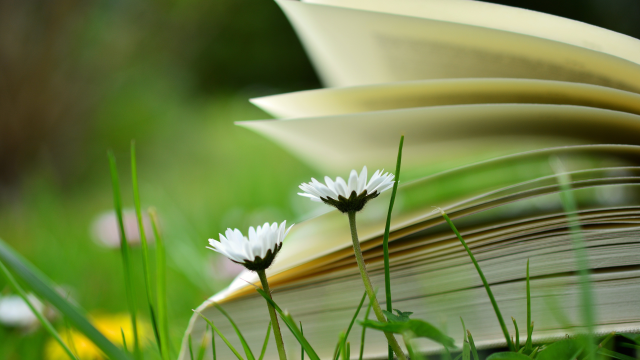Written by Andre Betancur, Power and Equity Specialist, Student Wellness Center
Dear Dartmouth,
Congratulations on making it halfway through the spring term! Continuing with our theme of “Everyday Action” and the idea of power, we want to remind you all that you have the ability to use your personal power to ensure that you’re taking care of yourselves. When we use our power to center our own sense of wellbeing, we gain a greater ability to help our friends and peers center their own wellbeing too. Making sure our wellbeing is tended to and highlighted is especially important as you all begin your midterms.
As the spring season makes itself known with April showers and cloudy days, let’s go through ways we can use our power to make sure we’re still giving ourselves the sunlight we need to continue blooming:
- Begin connecting power and location. It’s important to understand that our power is often tied to the physical spaces we’re in. When we’re in spaces where we have more power, we often feel much more comfortable and relaxed within those spaces. Places you may feel you have more power and feel comfortable include your dorm, your favorite cafe, and the Student Wellness Center just to name a few. When possible, make sure you’re entering and inhabiting these spaces you feel comfortable in. It seems simple, but actively choosing to enter spaces where we feel powerful and comfortable is an action we can take to benefit our wellbeing.
- Action takers and mold-breakers require rest too. We know that many of you are very active in a variety of ways including in academics, activism, and skill building. It can be fulfilling and satisfying to constantly achieve our goals and climb up the ladder of personal success, including in ways that others have never done before. However, if we’re constantly climbing without taking breaks, eventually we’ll fall. Use the power you have to remind yourself to take breaks, unwind, and catch your breath. Self-care breaks look different for all of us, engage in the activities, or lack thereof, that allow you to decompress and regain the strength to continue climbing your own personal ladder.
- After we self-care, let’s encourage some group-care. After we’ve engaged in some personal self-care and feel recharged, we’re more equipped and have the capacity to encourage our friends and peers to engage in self-care too. Being an action taker and mold-breaker when it comes to promoting self-care is crucial in supporting the health and wellbeing of our community. Be a leader and role model when it comes to self-care, lend a helping hand to your friends and offer them a break from climbing up their ladder. Invite them to join you in self-care activities like going on walks, listening to music, and attending fun on-campus events.
We hope you all take advantage of your power to initiate some rest and relaxation for yourselves and your peers for the rest of the term. As another reminder, it is still Sexual Assault Action Month (SAAM), and it’s especially important for those of us taking the steps to end sexual violence on campus to step back and engage in self-care.








